Prasat Bei Overview
"Prasat Bei" means "three towers". And that is exactly what you see here. Three brick Prasats share a single laterite platform. The towers, supposedly dedicated to the Hindu trinity Brahma, Shiva, Vishnu, stand in a north-south row, with sandstone doorways to the east and false doors on the other sides, as usual. The only complete tower is the central one, it contained a Lingam, the phallus symbolizing Shiva's power. The lintels of the central and the southern towers are good examples of typical Bakheng-style stone carvings. They depict Indra on his three-headed elephant Airavata. The lintel of the north tower is unfinished and allows studying the carving techniques.
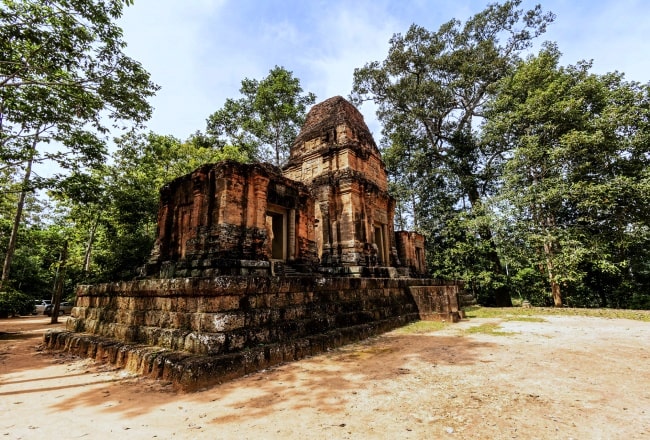
There are remains of a small shrine in the front of Prasat Bei. A sandstone door frame still stands upright, and a Lingam is placed at the centre. Balusters and lintels have beautiful carvings. It is supposed to be a kind of entrance of Prasat Bei. This structure and the ruined Prasat further west (which is next to the main road and very close to the famous Angkor Thom South Gate) are sometimes counted as a separate temple complex called Thma Bay Kaek. There is a kneeling bull statue called Nandi in front of the Prasat's remnants. In this Prasat, a hidden gold relic treasure was discovered, consisting of five gold leaves, one bearing the image of Shiva's bull Nandi. The small structure further north was dedicated to Shiva's wife Uma. Her torso still remains in situ.
Prasat Bei was one of the many temples once surrounding the Phnom Bakheng, the natural hill with Yashovarman's state temple, right in the centre of his capital Yashodharapura. Prasat Bei is sometimes ascribed to his son and second successor Ishanavarman II. But not much is known about this king, who obviously was a weak ruler. He was soon overcome by his cousin, the regional ruler of Koh Ker, who then became the king of the Khmer empire.
Ishanavarman II is only mentioned in an inscription in Tuol Ker from 968, as a ruler in the year 925/6. The inscription uses his posthumous name Paramarudraloka.
Prasat Bei is very easy to find. Just in front of Angkor Thom's South Gate you only have to walk a few hundred metres along the Angkor Thom city moat to the west. Baksei Chamkrong is close-by, too.
What to see at Prasat Bei?
The Prasat Bei consists of a line of three brick towers on a single laterite platform. A single staircase in front of the central tower gives access to the platform, that is aligned North South measuring 24 meters long by 10 meters wide. The diminishing tiers on top of the sanctuaries are missing, except for the central tower.
The North tower was never finished; the sculptures on the lintel over the doorway is only a rough outline. The lintels on the central and South tower contain depictions of Indra on the three headed elephant Airavata. The central sanctuary houses a linga set on a pedestal.
Location
Prasat Bei is located on the moat of Angkor Thom near the South Gate. It’s only a few hundred metres from Phnom Bakheng, Baksei Chamkrong and Thma Bay Kaek.
Check the location of Prasat Bei on the below Google Maps for your reference
Getting There
You will need your walking shoes for this temple! Just before you get to the Angkor Thom South Gate causeway, you can stop your driver, turn west and walk the 100m or so to Prasat Bei. If you’re cycling, then you can ride up to the temple. You can also cut through the jungle and get to Baksei Chamkrong this way too.
Best time to visit Prasat Bei
You should visit Prasat Bei before noon in order to see the main facade in the sunlight. The ticket will not be checked but is obligatory for driving the road from Siem Reap to Angkor Thom.
Prasat Bei Tours
As most tours of Angkor Wat will pass through Angkor Thom at some stage, you could easily quickly stop and take a look at Prasat Bei. If you’re heading through the South Gate of Angkor Thom on your journey, then it’s only a short detour. Popular tours which come by here include the Sunrise Tour, Sunset Tour, Small Circuit Tour, and the Grand Circuit Tour.
Accommodation
There are no hotels in the Angkor Park. Most visitors to Prasat Bei will find a hotel in Siem Reap town. The town has grown to become a large tourist hub in recent years and you’ll find hotels to suit all tastes and budgets.
Here is Siem Reap Travel Guide
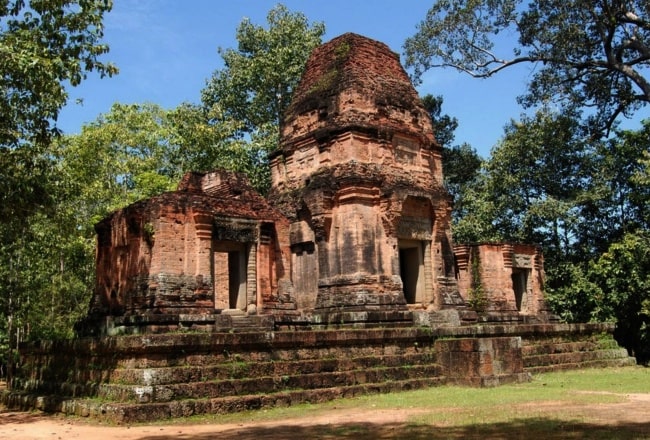
Why Visit Prasat Bei?
You might want to visit this temple if you want to see something different than everyone else. There’s not much to see, but it’s a nice quiet spot. So if you’re looking for a secluded spot to do some meditation or get some photos, then Prasat Bei would be a good option.
History of Prasat Bei
Not much is known about Prasat Bei. It’s a small and relatively insignificant temple when compared to the other temples nearby. It was built in the 10th century by King Yasovarman I as a Hindu temple dedicated to Shiva.
It’s likely that the temple was abandoned at some point in the 16th century.
Prasat Bei was rediscovered by Henri Marchal, the French explorer who dedicated much of his life to Angkor. In the 1960s, the temple was restored by the École française d’Extrême-Orient (EFEO).
Nowadays, Prasat Bei sits alone on the shore of the moat surrounding Angkor Thom.
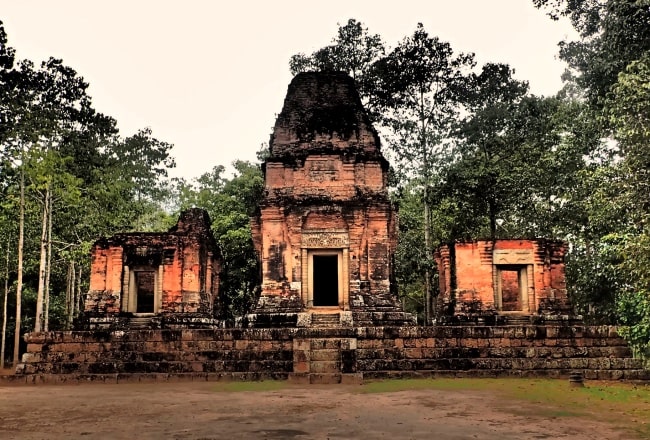
The Layout & Design of Prasat Bei
Prasat Bei is a line of three towers which sits on the north-south line. The brick structures are fairly small. With all three towers combined they measure 24m x 10m.
The tops of the two outer temples are missing, but the central tower remains largely intact.
It would appear that the north tower was never actually finished. The lintels on the south and central tower show depictions of Indra. However, on the north tower, the lintel doesn’t show anything.



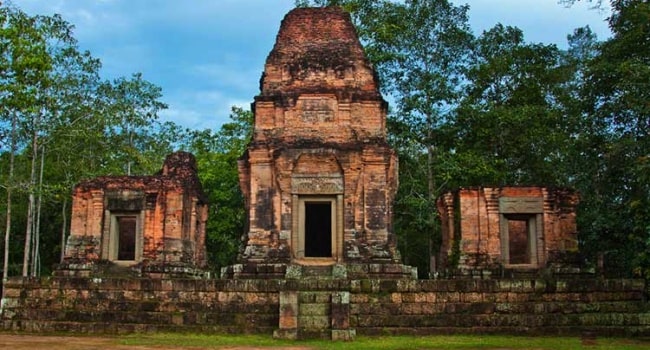

 11/01/2026
11/01/2026

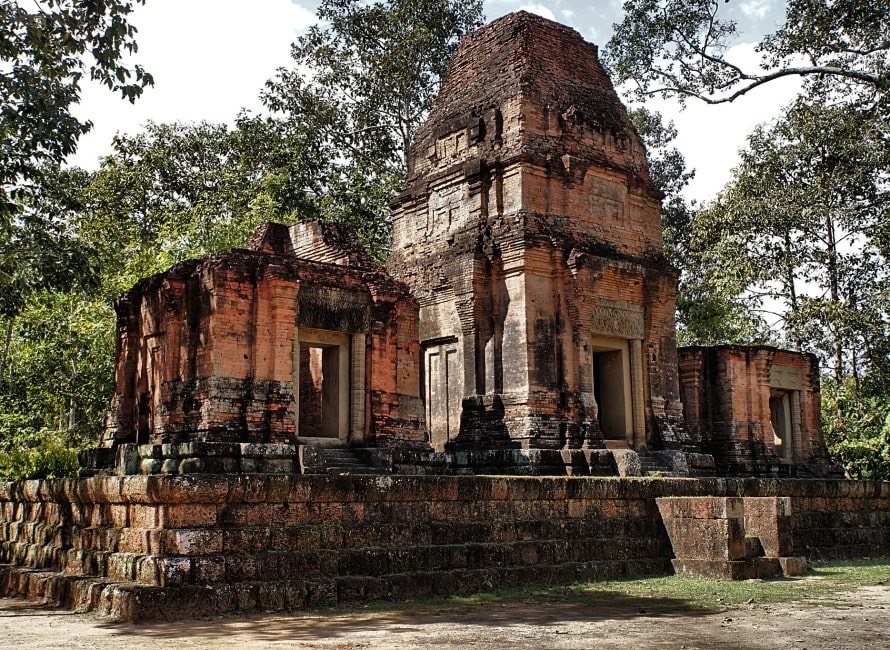
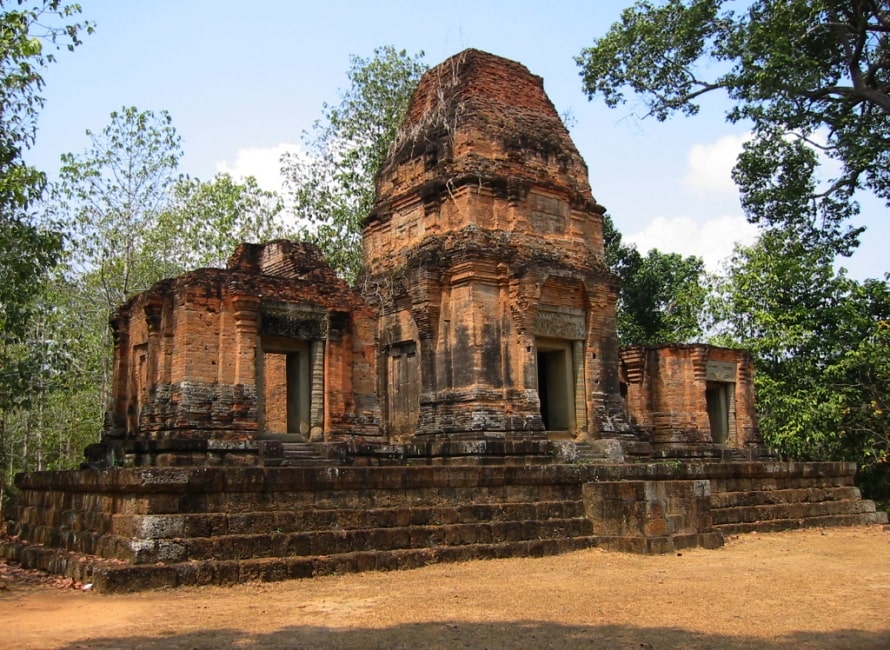

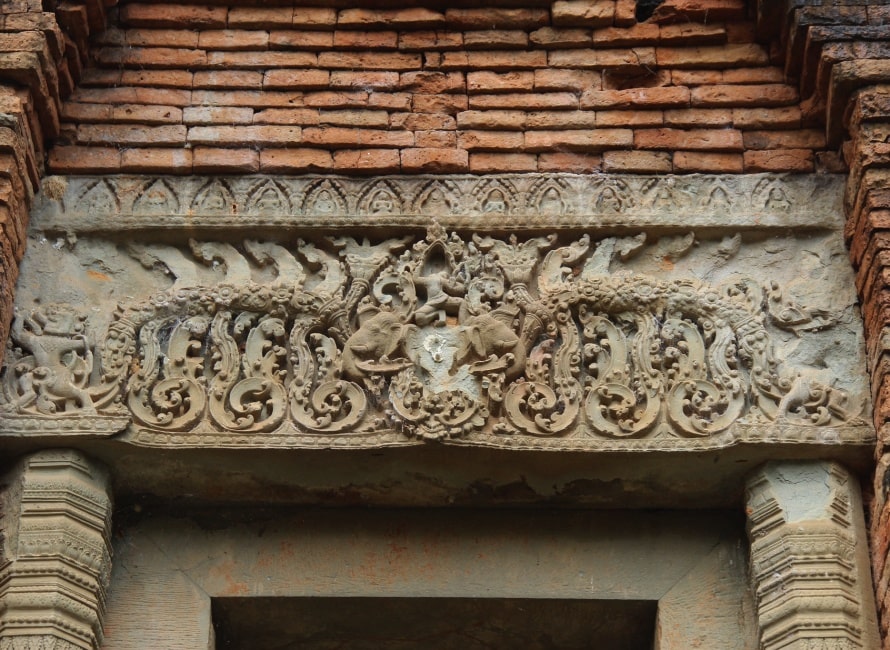
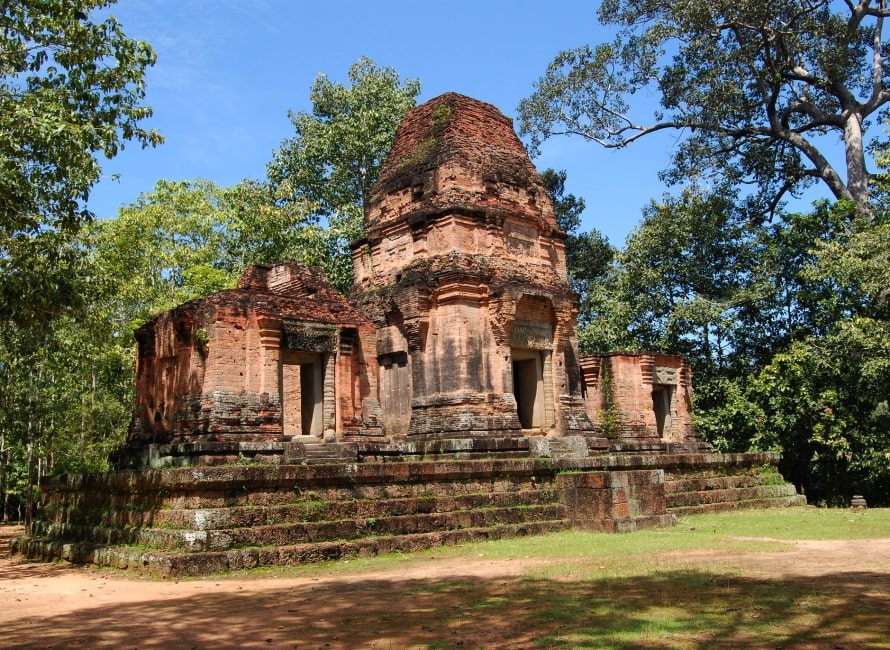
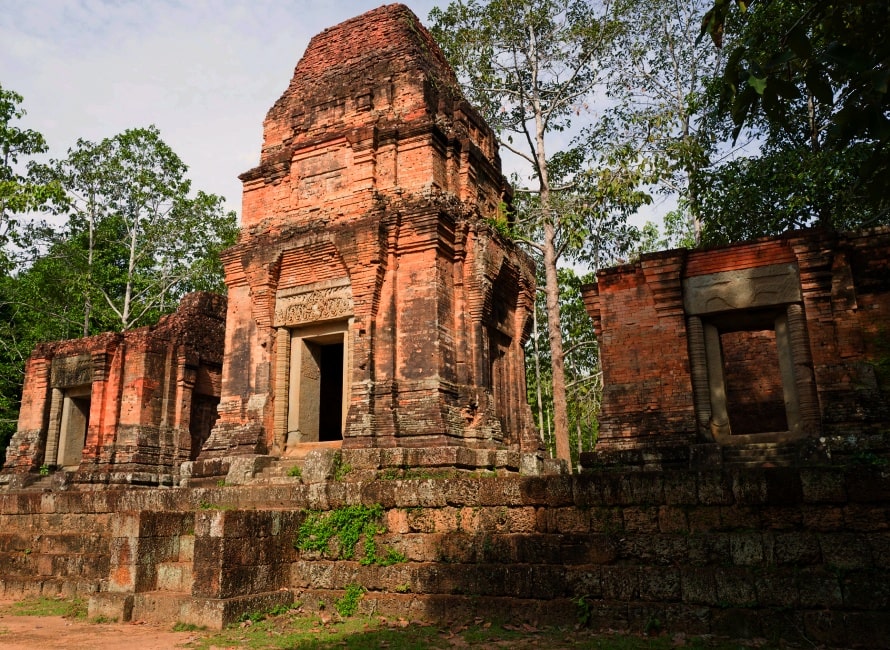
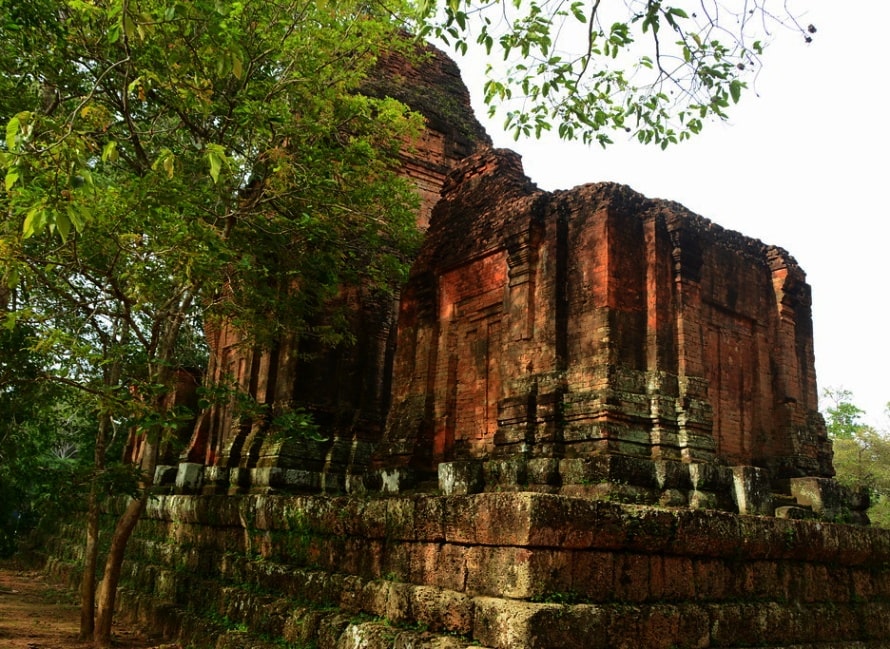
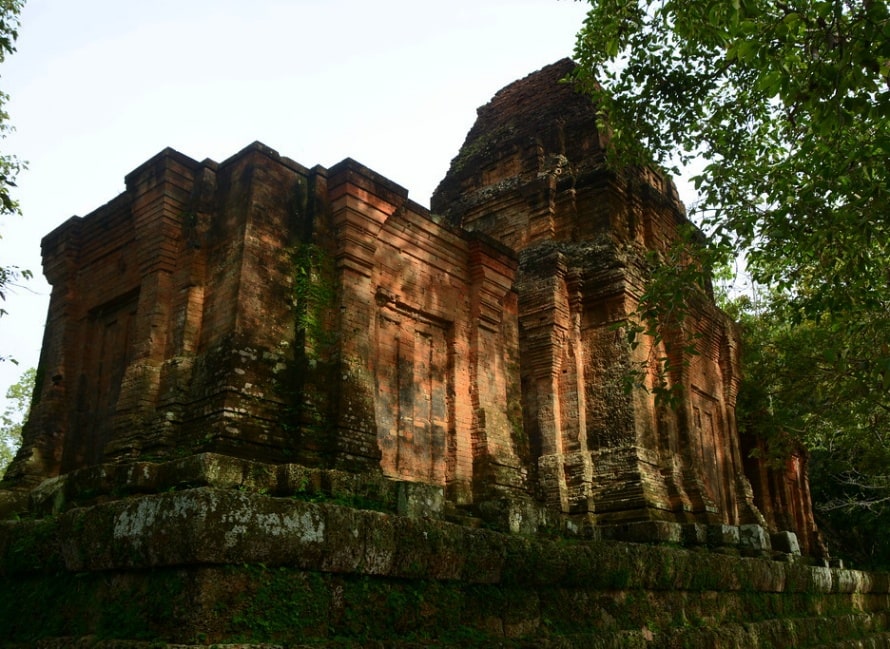
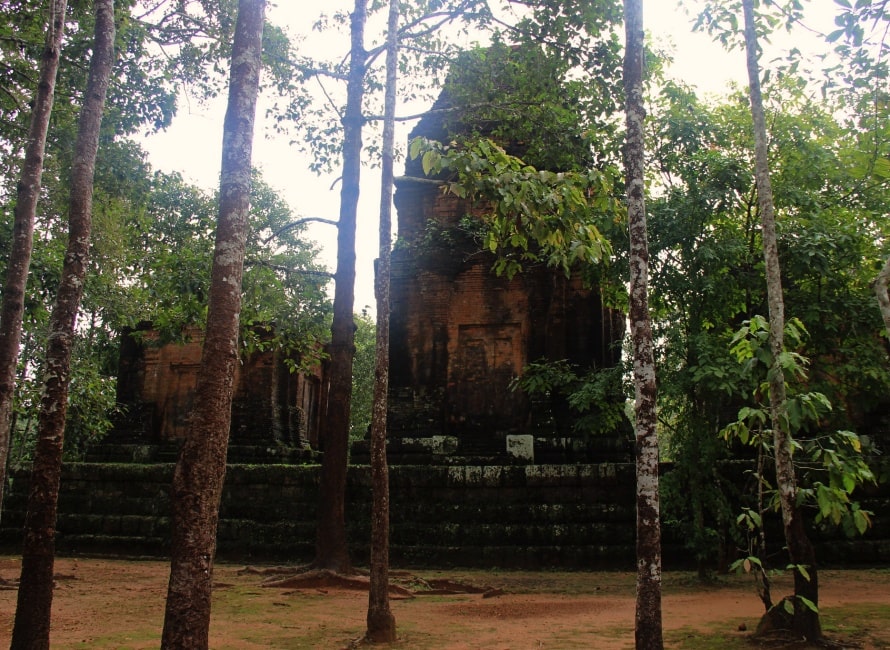




















Jolie LIEMMy name is Jolie, I am a Vietnamese girl growing up in the countryside of Hai Duong, northern Vietnam. Since a little girl, I was always dreaming of exploring the far-away lands, the unseen beauty spots of the world. My dream has been growing bigger and bigger day after day, and I do not miss a chance to make it real. After graduating from the univesity of language in Hanoi, I started the exploration with a travel agency and learning more about travel, especially responsible travel. I love experiencing the different cultures of the different lands and sharing my dream with the whole world. Hope that you love it too!